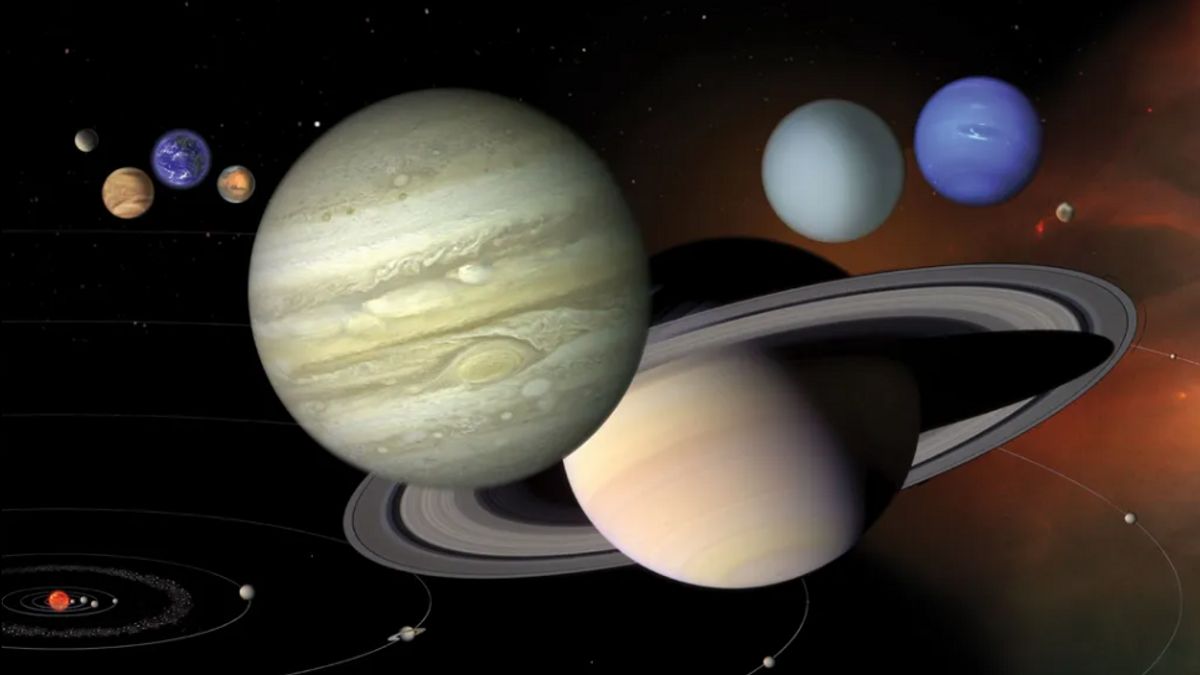JAKARTA - The United States Aeronautics and Space Administration (NASA) released a playlist containing scary sounds in the Solar System. They shared this playlist to welcome Halloween.
Outer space is indeed so wide and airy. We will not find a place as close together as on earth. There are only satellites, planets, and atoms far apart.
However, outer space is not that silent even though we cannot hear the sound. There are many sounds that arise there, including from objects roaming the Solar System.
The sounds that were recorded are considered quite scary. Therefore, NASA added the sounds from various objects in the Solar System to the playlist with the title Sinister Sounds of the Solar System.
Through this playlist, we can know that the sounds in the solar system are diverse. Like a black hole, for example, the sound it produces is like waves echoing from inside a dark cave.
If you need a soundtrack for a ghoulish get-together, we’ve got you covered! Press play on our Sinister Sounds of the Solar System playlist on @SoundCloud and let it set the mood: https://t.co/tZV4y8CWa4 pic.twitter.com/y5vw8QzV59
— NASA (@NASA) October 31, 2023
Meanwhile, the sound from the Sun sounded like a clash of irregular notes accompanied by strange sound waves. This is different from the sound from Europa, Jupiter's moon, which sounds like bad signal waves when we make a call.
These sounds are strange to keep listening to, but they are quite interesting to learn about. The reason is, scientists have a special way to convert the data they get into sound.
We can't hear all of these sounds, but scientists can alter the plasma waves produced by objects in the Solar System. These waves appear when electrons are trapped in magnetic field lines, citing Sciencealert.
We should be lucky not to be able to hear the sounds produced by objects in outer space. Apart from the scary sound, the impact of this sound is also quite bad.
اقرأ أيضا:
If all this sound could travel through space and penetrate to Earth, we could hear the constant roar of the Sun and numb our ears with a frequency of 100 decibels.
This figure exceeds the safe sound volume limit set by the World Health Organization (WHO), namely 85 decibels for a maximum of 8 hours. So, imagine if we had to hear a frequency of 100 decibels every day, not a good thing.
All sound recordings from various objects in the Solar System can be accessed on NASA's science site. We can also listen to 29 sounds that NASA shared on the Soundcloud music platform.
The English, Chinese, Japanese, Arabic, and French versions are automatically generated by the AI. So there may still be inaccuracies in translating, please always see Indonesian as our main language. (system supported by DigitalSiber.id)















